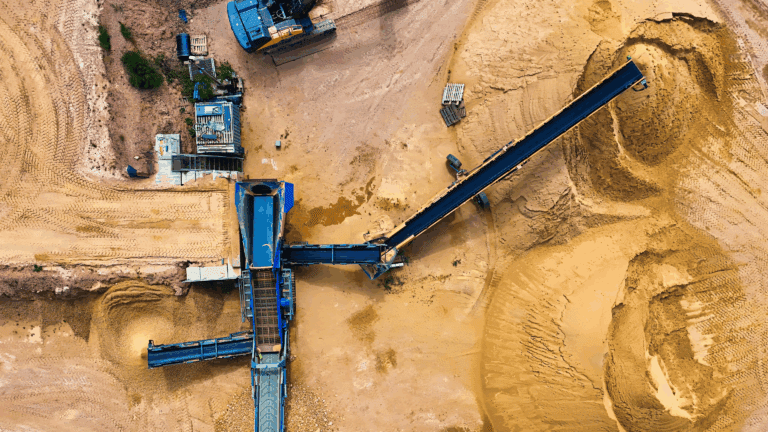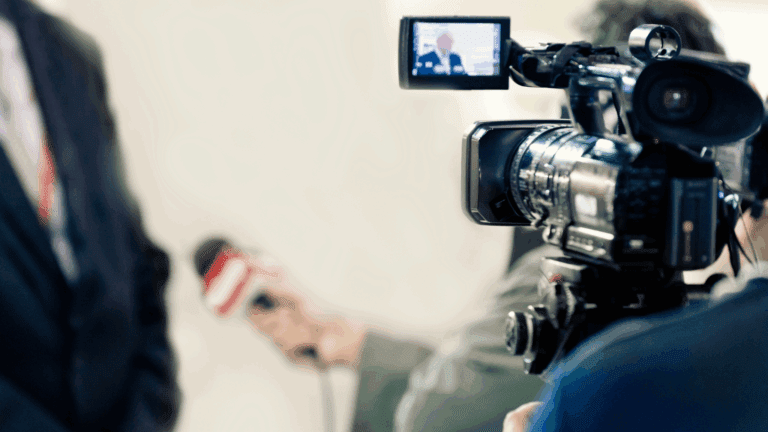How do you measure something you can’t see, can’t touch, and can’t assign a simple number to?
Your reputation is integral — and intangible. Measuring it means making use of an array of metrics; attaching a dollar figure to it is even more complex.
When trying to understand the ROI of your efforts to build your brand, grow awareness of your work, or enhance your reputation, the essential first step is to define your goals.
As discerning practitioners of public relations and media relations, working with our clients to run their campaigns or perfect their messaging, we make a point of taking a critical look at what our clients’ goals are in specific and realistic terms.
Some of them are out to raise awareness, or build credibility. Others need to rebuild it. Some have a product to sell, or are trying to sell themselves.
Sometimes, it’s all of the above.
No two clients are the same, and no two clients have the same set of needs. Once we’re able to clearly see what their true objective is, we can make informed choices about which metrics are key to the questions we are trying to track.
Only by being selective can we cut out the noise and stay true to the signal.
Your reputation is integral — and intangible. Measuring it means making use of an array of metrics; attaching a dollar figure to it is even more complex.
Getting into the Conversation
Google search traffic can tell us about the impact of recent press coverage. Likes and shares on social media can speak to how well your story is gaining traction with the public.
When a story we have pitched for our clients gets picked up and makes a splash, we can start to see an uptick in both of these areas as people absorb the message and react to it.
Once other experts in the field find your story and retell it to their audiences with their own spin on it, we’ll see the impact of it from the hyperlinks — usually in the body of web articles, like this one — that they create between their websites and yours.
This is known as backlinking, and it represents your reputation growing in real-time.
Metrics with Meaning
Just as the search engines will take note of the growing popularity and recognition of your name, the value of your brand will likewise grow in the minds of the audience members taking note.
Credibility takes root this way and continues to grow as your message becomes more and more interwoven with what’s being said in the public conversations gripping your industry or field.
As this or other trends evolve, we can track what’s happening by analyzing metrics like visits to your website, views of your video, or engagements with your social media content.
These include direct engagements — the Likes and Comments that usually come to mind — as well as Impressions, which is tally of how many times your content is displayed in users’ social media feeds, regardless of whether they click it or not.
Corporate Reputation is another metric that stands out for how useful it can be. What it measures goes a step beyond what organic analytics can measure, because it gets to the hard of whether or not your message has hit home with the audience.
When measuring the impact of your media relations, it’s essential to keep one eye on the forest and the other on the trees: the full landscape of available data and metrics can be dazzling, but ultimately from a business perspective it’s ineffective if your analysis is decoupled from what you’re actually trying to achieve.
Review, React, Readjust
To truly get value from the lessons that can be found within analytics and data, you have to be ready to apply them.
Measurement is meaningless without interpretation. If we never take what the data tells us and use it to make our campaign stronger, our message sharper, or our stated objectives closer within reach, then our campaigns won’t simply be misguided — they will hardly be guided at all.
Data informs what we do as media relations professions. As campaigns are underway, it’s invaluable to keep a watchful eye on the date for spikes or obvious upticks in, and applying it to the context in which it’s taking place.
By comparing this with what’s been happening at the company or on the ground with the campaign — big announcements, important launches, or new product roll-outs, for example — we can infer what’s working and what’s not.
Reviewing data, reacting to it, and readjusting our plans accordingly is not a sign of a campaign gone wrong: what it shows is a steady hand on the wheel, and eyes that aren’t leaving the road.








